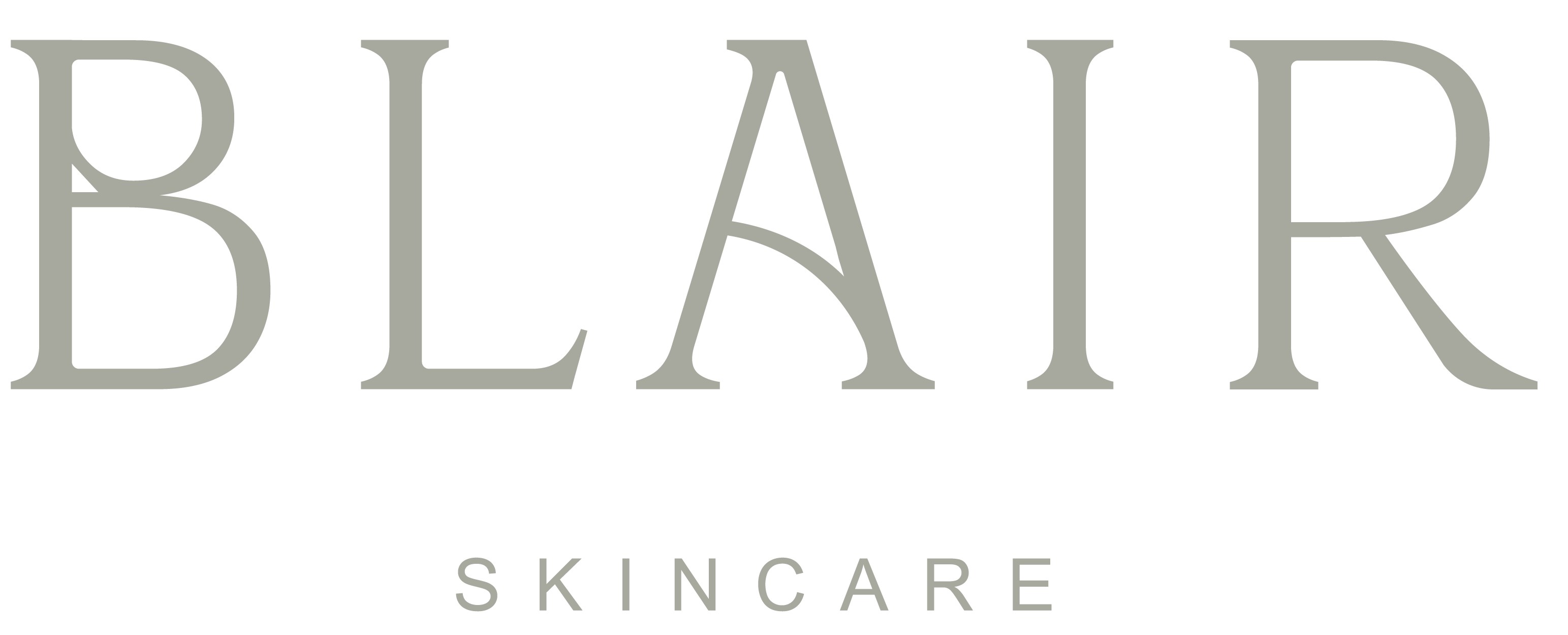
There’s something about women and shaving our faces that just doesn’t seem natural, right? The hair will grow back darker and thicker, and you’ll end up with a man-beard eventually, right? Wrong.
There is so much misinformation out there regarding women and shaving our faces. Let me set the record straight - your hair WILL NOT grow back thicker or darker from dermaplaning. For those of you saying you’ve shaved your face before and swear your hair grew back thicker - it was an illusion and here’s why. Our hair is naturally tapered. It is thicker at the base and thinner at the tip. When this tapered hair is sliced, it creates a blunt tip that is temporarily perceived as thicker. The same rings true for it appearing darker. Both temporary illusions with no science backing their validity.
Benefits of Dermaplaning
One of the things I love about dermaplaning is that it is a safe and effective treatment for (almost) every skin type. Even those with sensitive skin or who are currently pregnant or nursing are safe to perform this at home treatment.
Most of us ladies invest so much time and money into our skincare products that of course we want them to be as effective as possible. By simply removing the superficial dead skin cells and vellus hair from our face, our skincare products are able to penetrate into the skin more effectively and efficiently. In other words, none of that precious serum is getting trapped or absorbed by fine hairs and dead cells before hitting our healthy tissue.
Step-by-Step Guide
STEP 1: WASH FACE THOROUGHLY
This step seems obvious, but it is so important to have a clean canvas to work with. I personally like to wash with Brightening Wash - it contains glycolic and salyclic acid which are both great at killing bacteria and helping to prevent acne. For those with sensitive skin, a gentle cleanser such as Gentle Foaming Cleanser is a great alternative.
STEP 2: WIPE FULL FACE WITH TONER
I like to use these cotton pads because they’re the only ones I’ve found to not leave residue or tiny bits of cotton all over my face afterwards. Simply saturate the cotton pad with your toner (my fav is Tonic) and wipe down your full face. If you notice makeup on the cotton pad at this step, you may need to rewash your face to remove the rest of your makeup before continuing.
STEP 3: START SHAVING
Now this is the fun part. While there are tons of razors on the market, I prefer Tinkle razors for at home use because they’re easy to use, inexpensive, safe for the skin, and made specifically for the face.
I’m a creature of habit, especially when it comes to dermaplaning. I always start with my cheeks, then move to my mouth/chin area, and finish with my forehead. There is not a right or wrong order to dermaplane, but I find that consistency helps you feel more comfortable with it over time. I also prefer to shave from the top down because I find it easier to perform on yourself, but that’s my personal preference and can be done either way.
Holding the razor at a 45 degree angle, I pull the skin as taut as possible and make short slow strokes from the skin just in front of my ear and work down towards the corner of my mouth. Continue this top down motion (keeping the skin super taut) over both cheeks, around the mouth, and the forehead.
Note: if you have any active breakouts, DO NOT shave over them as it will just cause more breakouts. If you have numerous blemishes all over your face, it is probably best to hold off until they have fully resolved.
But we also invest money and time into our makeup products, right? Just like skincare products are able to penetrate into the skin better, our makeup products are able to go on smoother. Again, less product is getting trapped in our fine hairs, and thus it is able to lay perfectly smooth onto the skin without barriers.
And if you aren’t tempted to pull out your razor just yet, dermaplaning is also a great exfoliant. The blade safely exfoliates the stratum corneum and stimulates cellular turnover ultimately leading to healthier, brighter skin. If your retinoid is causing dryness, you’ve had a change in season/climate, or you get dry every time you fly, this is a great way to remove the flaky dead skin without damaging the healthy skin.





STEP 4: WIPE FULL FACE AGAIN WITH TONER
Wipe down full face again to remove any debris and bacteria that may have been spread by the razor.
STEP 5: APPLY SKINCARE PRODUCTS
I prefer to dermaplane at night before bed, so typically I will finish up by applying my nightly routine which looks something like this:
RET+ - supports collagen production, and visibly improves fine lines, wrinkles, skin tone and texture
Crème de la Blair - replenishing moisturizer to strengthen the skin barrier and improve elasticity
All-In-One Eye Cream - powerful moisturizing and anti-aging eye treatment
FAQ’s
How often should I dermaplane?
I recommend once a month (or every 3-4 weeks). Dermaplaning too often can irritate the skin.
This is a personal preference, but generally anywhere from 1-3 times. Over time the blade will become dull and thus less effective.
Does it hurt?
Not at all. This is a painless, non-invasive, no-downtime treatment.
What’s the difference between in-office and at-home dermaplaning?
The main difference is the type of blade used. Professional (in-office) treatments will utilize a surgical scalpel which is able to perform a closer shave and remove more of the stratum corneum (superficial skin cells). Over-the-counter razors (such as the Tinkle razor) are less sharp (for safety reasons), and while they are able to effectively remove hair and some superficial dead skin, not nearly as much as the surgical scalpel is able to remove.


